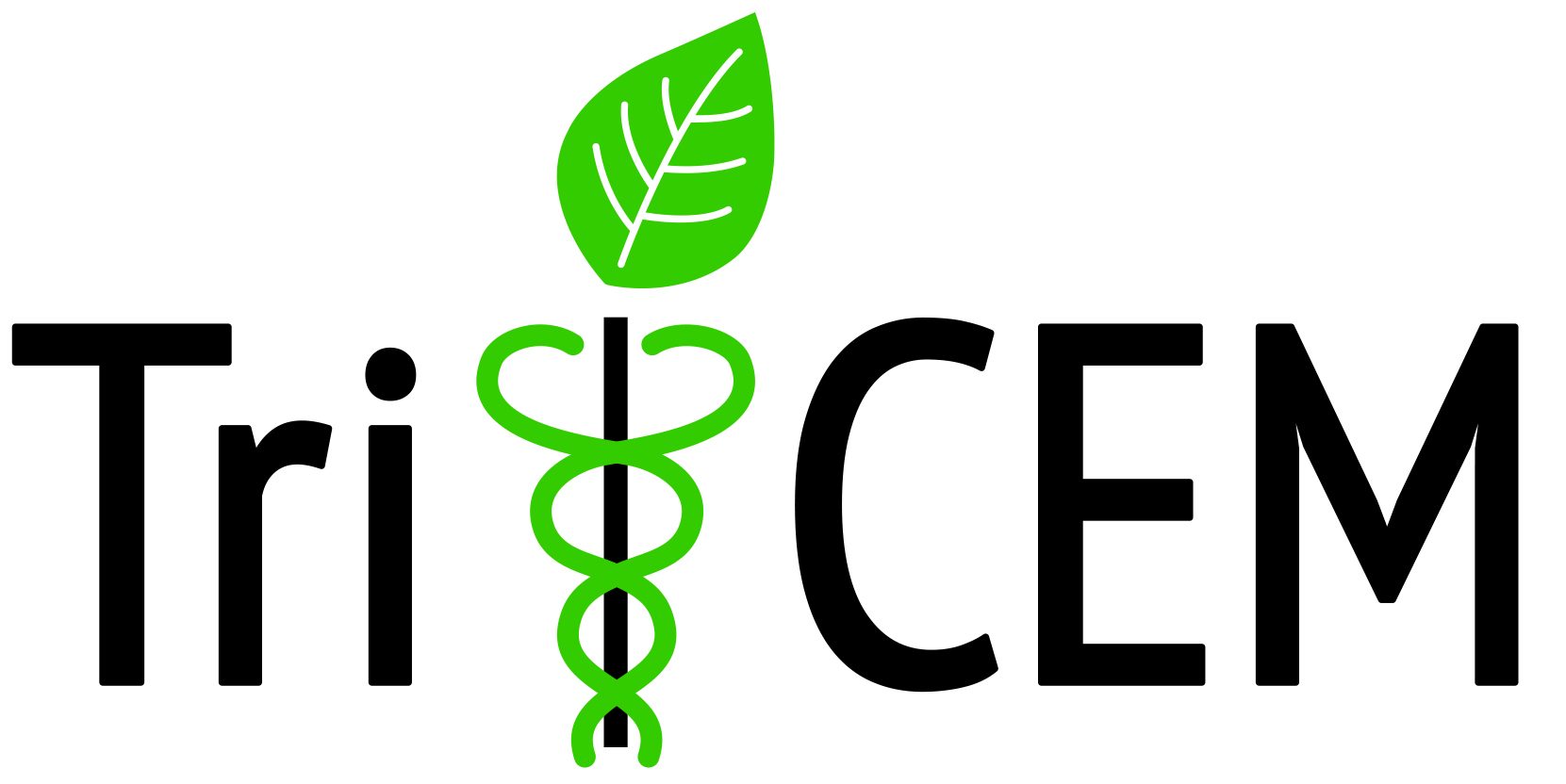Seed Grant in Pathogenic and Commensal Organisms
PIs are Julie Horvath and Reade Roberts, North Carolina Central University/NC Museum of Natural Sciences, North Carolina State University. Diverse communities of microscopic organisms (microbiota) live in and on the human body. The skin microbiota aid in skin barrier function and help our immune system mature, as well as produce odor by metabolizing sweat and other secretions produced by our bodies. Some compounds produced by skin microbiota may influence variation in attractiveness to mosquitoes and other disease vectors. Modern high throughput sequencing technology allows thorough sampling of the diversity of the skin microbiota by using their DNA sequence to identify specific microbes. The proposed work will reveal differences in microbiota by body site, comparing samples from areas with (ear, underarm, eye) and without (face, ankle) apocrine sweat glands. This work will also identify differences in microbiota associated with differences in host genes, specifically variants of the ABCC11 gene known to impact apocrine sweat gland biology, with impacts on consistency of earwax and degree of body odor. Sampling of populations in both the United States and rural Madagascar will allow correlation of microbiota composition and cultural differences. Finally, underarm swabs will be used in mosquito attractiveness tests to determine if microbiota differences associated with host genetics or culture impact attractiveness to common insect disease vectors.
